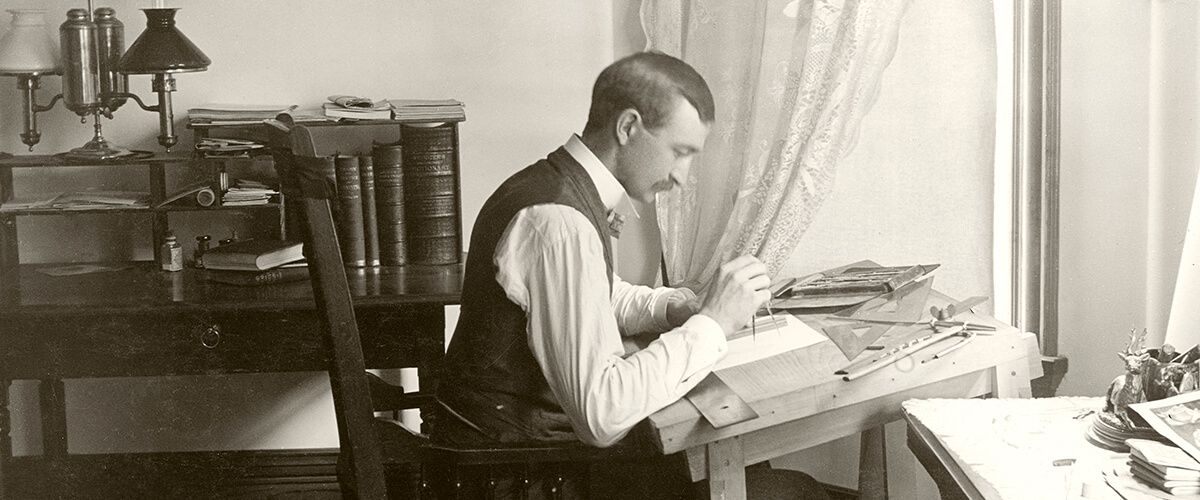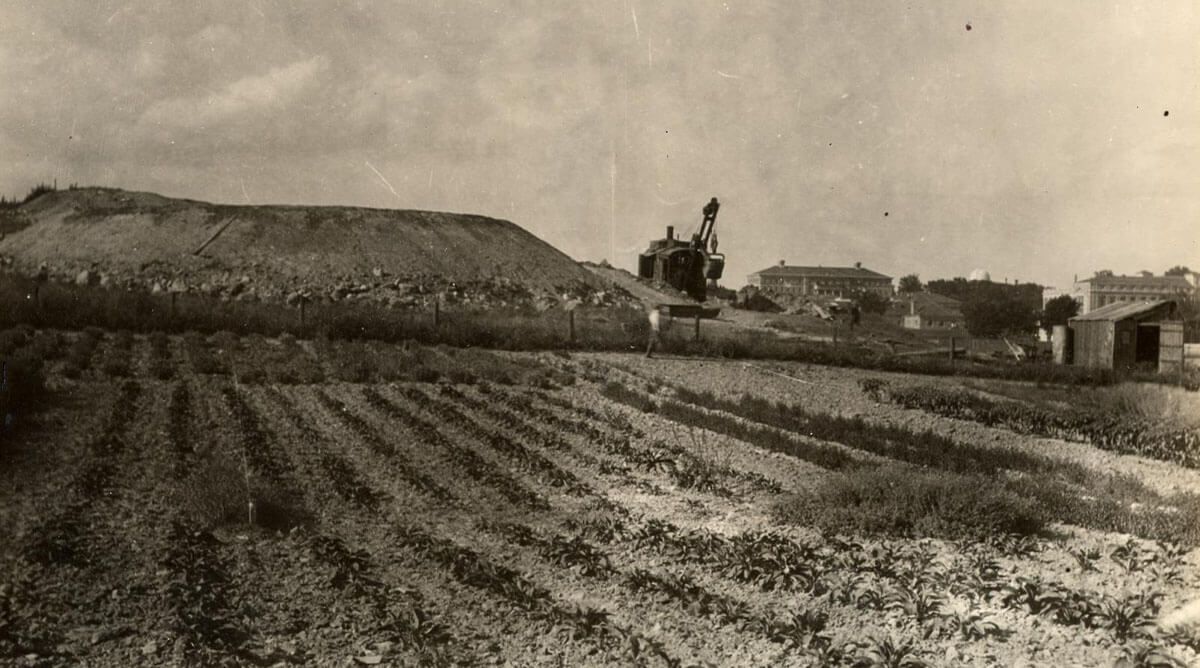The world needs ditch-diggers, or so the saying goes. And Edward Schildhauer 1897 was one of the world’s best.
Growing up in New Holstein in Wisconsin’s Calumet County, Schildhauer inherited a love of music from his German-immigrant parents. But he couldn’t make a living playing in an orchestra and had to supplement his income by fixing boilers.
Schildhauer designed several of the Panama Canal’s most important features, including the locks that enable ships to climb over the Panamanian isthmus, joining the Atlantic and Pacific.
Sweating through a boiler room taught him two things: that he was pretty good at engineering and that he’d rather be a white-collar worker than a steam-fitter. So he moved to Madison and enrolled at the UW. “The chap from New Holstein … is a hard-working lad,” his math professor said, and Schildhauer put his education to hard use.
An excellent draftsman, Schildhauer earned a patent for developing a system for making blueprints using arc lights. But in 1906, he resigned from his job at Chicago’s Commonwealth Edison to work for what, at the time, was considered the greatest engineering project in the world: the Panama Canal. The project was then just two years old — it would take until 1914 to complete.
Schildhauer designed several of the canal’s most important features, including the locks that enable ships to climb over the Panamanian isthmus and the locomotives that pull vessels across.
In later life, Schildhauer would design aircraft and serve as a politician in California. But he left his mark in perhaps the world’s most important ditch.







